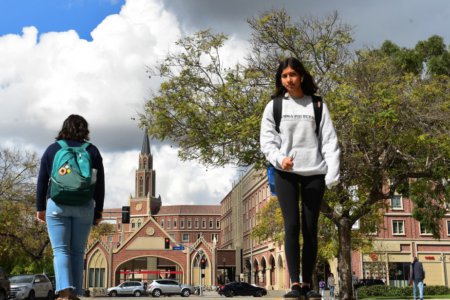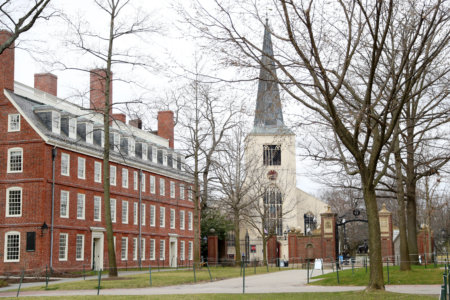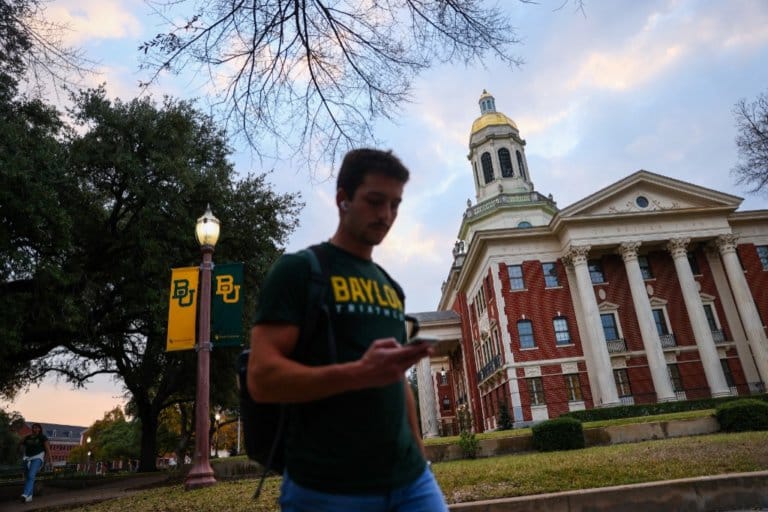
Offer letter to a US uni in hand? Congratulations! The next step is to apply for a visa, a document that states your legal right to study and live in the US.
As there are several types of US visas, which one do you apply for?
It’s important that you know the answer to this as the process of applying for a visa can be lengthy and overwhelming.
It’s also expensive. If you don’t know the types of US visas and put in faulty application, you will not get a refund of your US$160 application fees.
And trust us, many things can go wrong with your application, so it’s crucial you have all the info you need.
To avoid losing your application fee, read our brief guide on types of US visas for international students below:
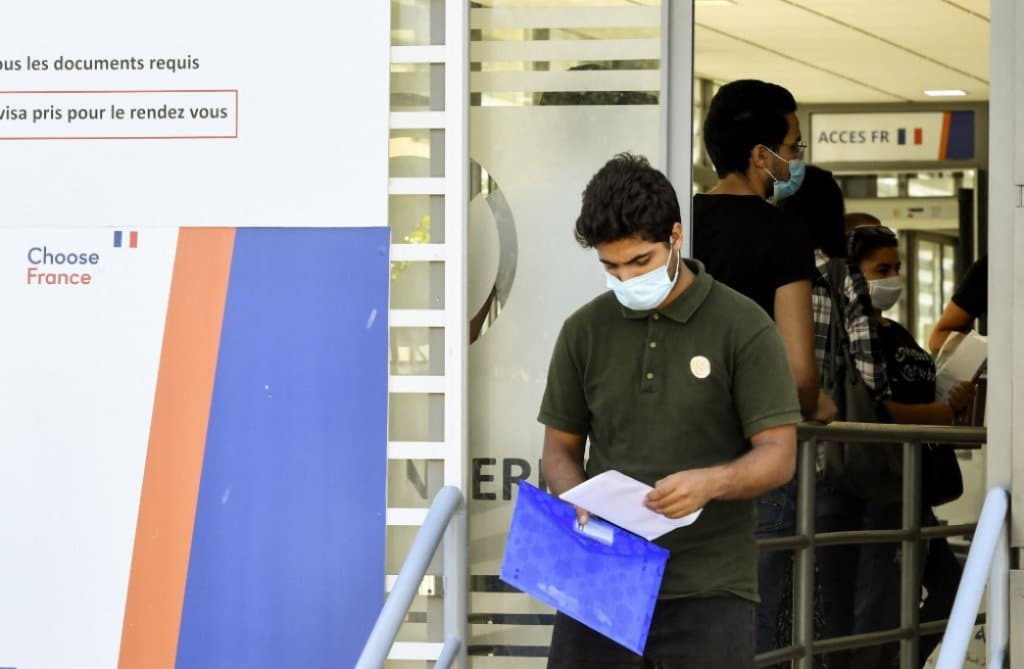
The US offers three different types of US visas for international students. Source: Fethi Belaid / AFP
Types of US visas for international students
For international students looking to enter the US, the government offers three types of visas, including F, M and J.
However, before you begin applying for any one of these visas, the first step is to apply to study overseas.
Once you have been accepted into a US institution of higher education that is certified by the Student Exchange and Visitor Programme (SEVP), you can apply for a visa to enter the country.
F Visa
The most common type of US visa that international students are given is the F-1 visa.
It’s for full-time students who intend to pursue an academic degree at an accredited US college or university or to study English at an English language institute.
Holders of the F-1 visa are allowed to work on-campus for 20 hours a week or less, depending on the terms.
The second type of US visa under this category is the F-2 visa which is given to dependents of F-1 visa holders, such as spouse and unmarried children under the age of 21.
The F-3 visa is categorised as “border commuters.”
This refers to Mexican and Canadian students currently residing in their home country while attending university in the US as part-time or full-time students.
Requirements to apply include English language proficiency test, sufficient funds to finance your studies, and a passport valid for US travel for at least six months after you graduate.
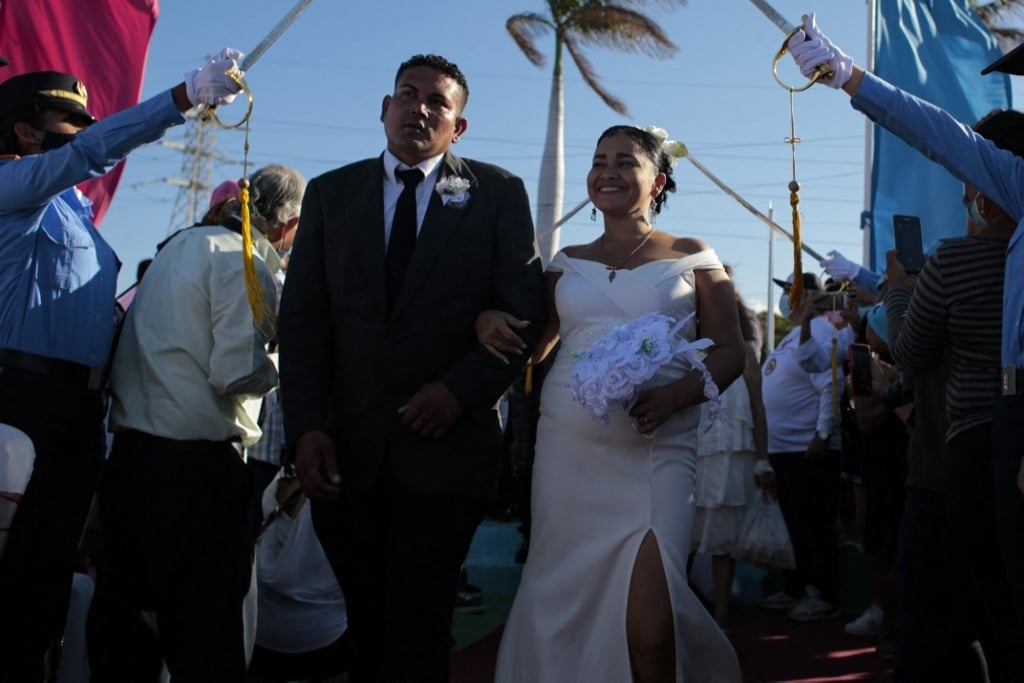
It’s important that you know the answer which types of US visas you can apply for so you don’t get rejected and lose hundreds of dollars. Source: Oswaldo Rivas / AFP
M visa
The second type of student visa issued by the US government is the M visa.
This visa is given to international students who want to enter the country for non-academic or vocational study or training in an institution.
However, the M-1 visa holders are admitted to the US for a fixed period of time according to their training programme.
They are not allowed to stay in the US for longer than one year and cannot work on or off campus during their time in the country.
Similar to the F visa, this visa has three categories. The M-1 visa is for students engaging in non-academic or vocational studies.
While the M-2 is given to dependents of the M-1 holders, and the M-3 is for “border commuters.”
J visa
The third type of US visa available for international students is the J visa.
This visa is given to those participating in exchange programmes at the high school and university levels.
To be eligible for this visa, all applicants must meet the requirements of their programme and be sponsored by a private sector or government programme.
J visa holders usually only stay in the country for a short period of time, around one or two semesters.
After completion, J-1 visa holders are required to return to their home country for at least two years.
Under this visa, there are two categories.
The J-1 visa is for international students on an exchange programme to obtain medical, business or any other type of training. The J-2 visa is given to dependents of J-1.








